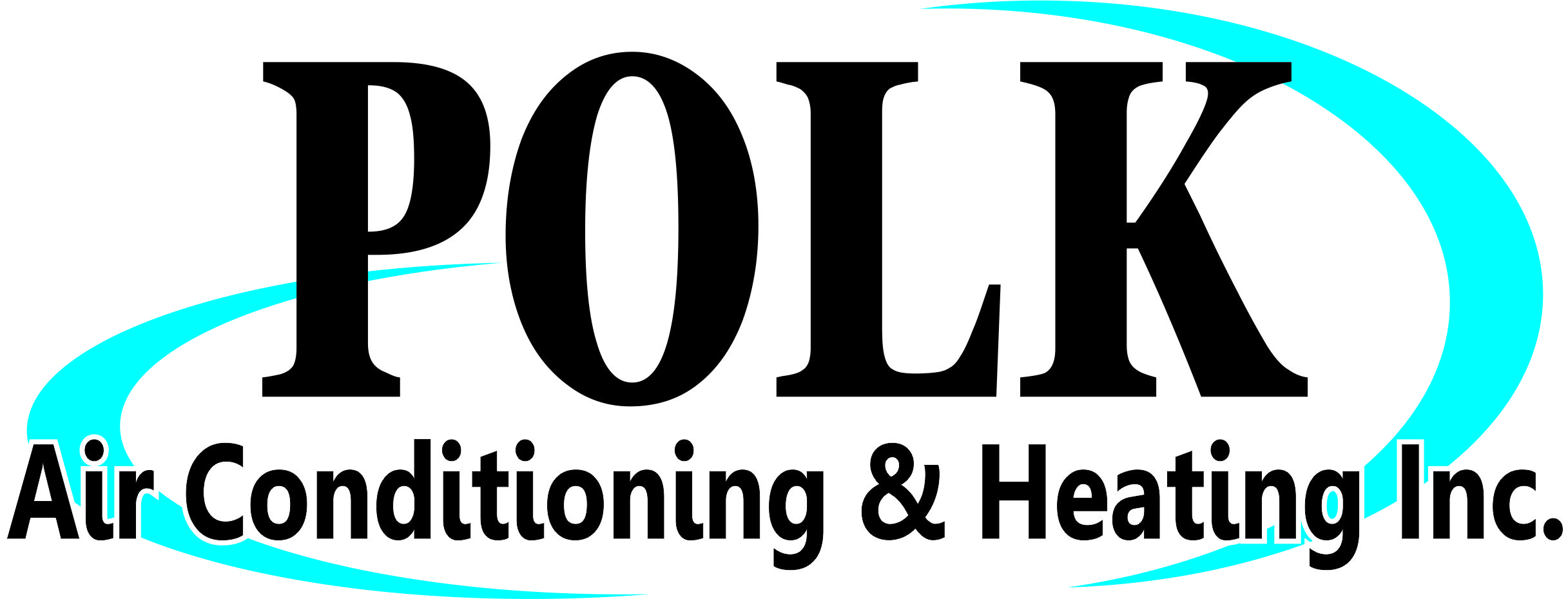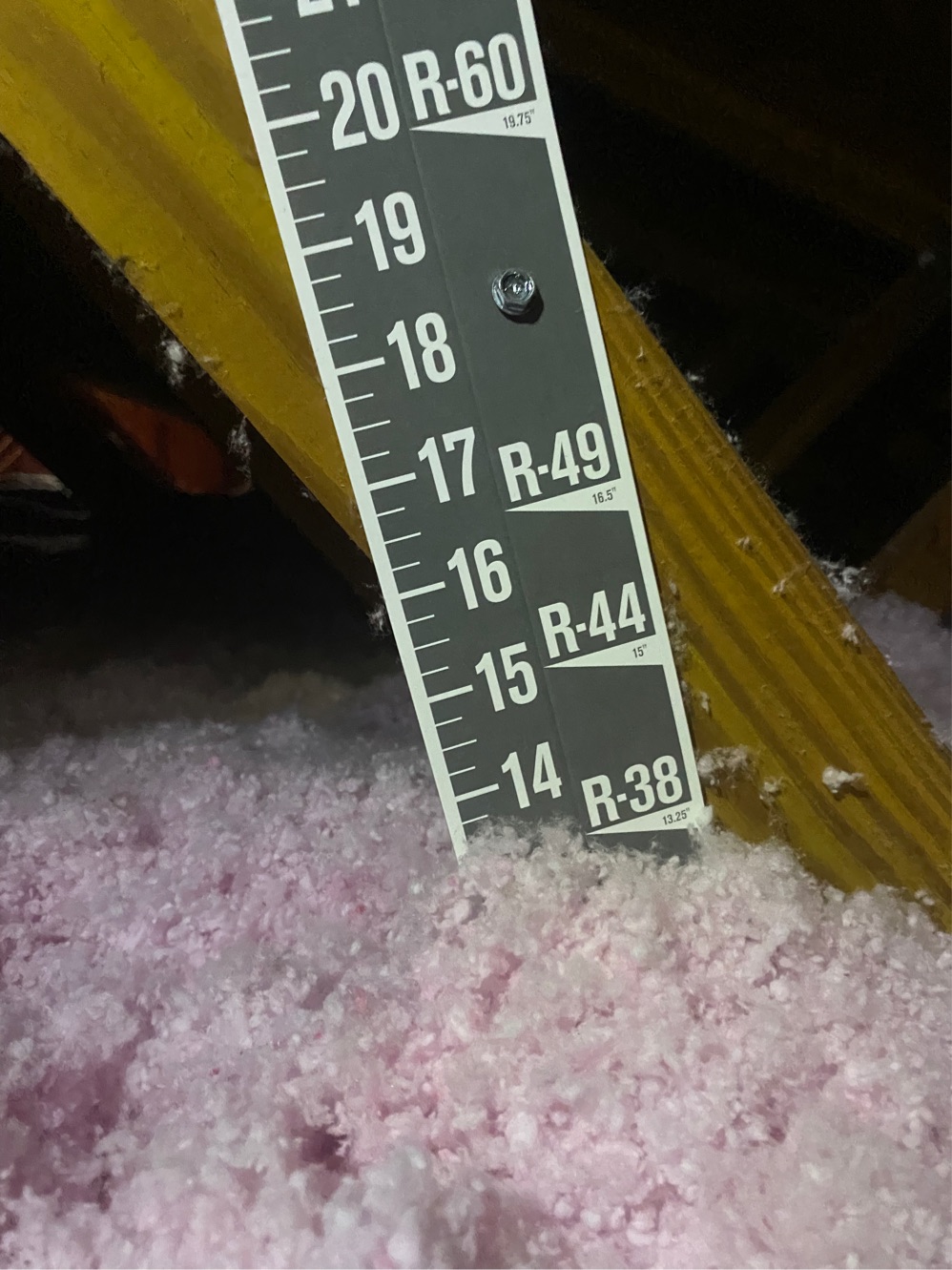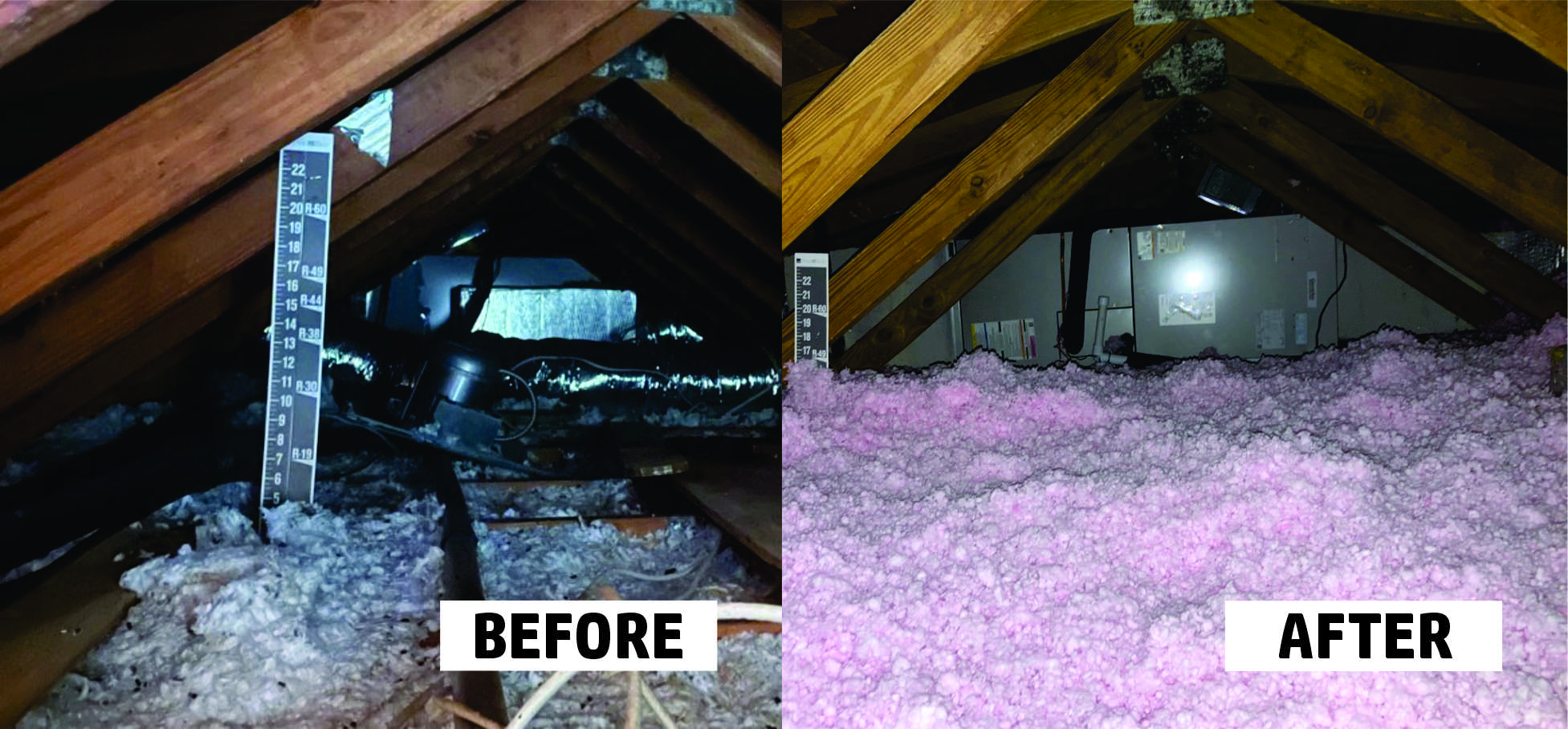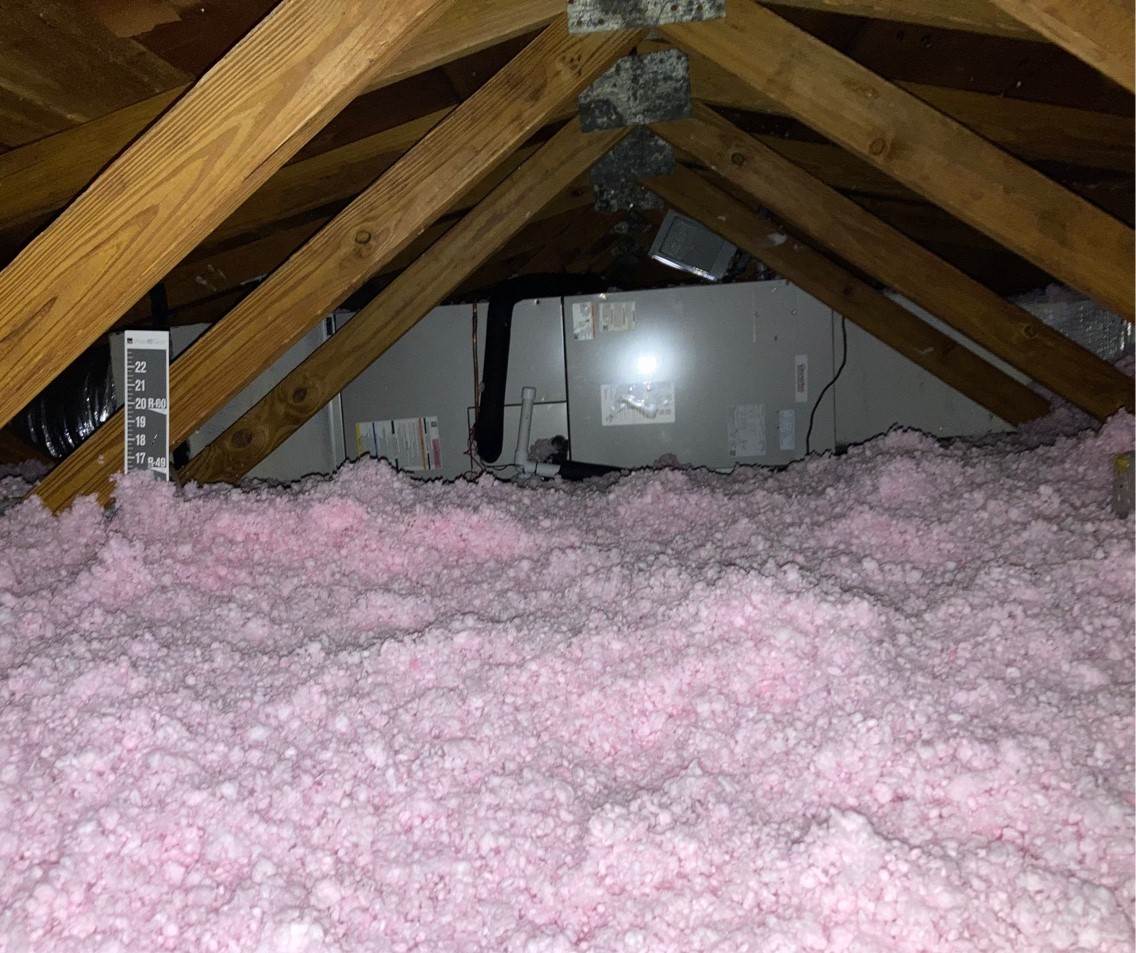Blown In Attic insulation
What Is Attic Insulation
Temperatures are beginning to climb, leaving some homeowners searching for ways to keep their houses cool and energy costs down. For many people, the solution is simple—improved attic insulation. The non-insulated houses are hotter in summers and colder in winters. Reason? Well, the heat transfers through the attic walls that eventually result in boosting the temperature of the house which makes it hot and humid. At the same time, the heat tends to escape through the attic in winters which leads to the house turn cold in winters.
Insulation is referred with the term R-value. As the R-value of the house will increase, it will reflect the effectiveness of the insulation system. It also relates to the reduced electricity, gas, and water bills. Plus, it also boosts the lifetime of the heating and cooling equipment installed in the house. Whatever money you spend on the initial insulation is repaid within 12-15 months. Moreover, this also provides protection to the attic walls. A well-protected house will not only give you comfort but will also increase the resale value of the property.
Why Is Attic Insulation Important?
Your home’s insulation provides several benefits including moisture and humidity control, ensuring proper ventilation and most importantly for your air conditioning system—heat flow resistance. The more heat flow resistance your insulation provides, the less work your air conditioning system will have to do, and the lower your heating and cooling expenses will be.
According to the U.S. Department of Energy, heating and cooling account for 50-70 percent of the energy used in the average American home, but with improved attic insulation, homeowners can save up to 20 percent on utility costs.






